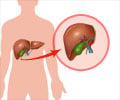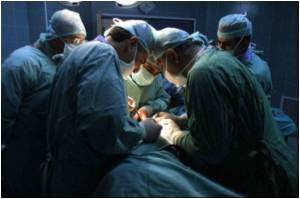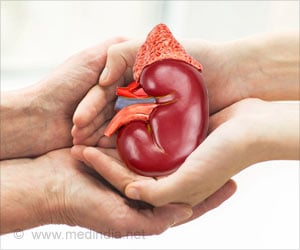There are options for clinicians to expand the pool of liver grafts.

The second Italian Liver Match cohort study, evaluated the survival of liver grafts from HBcAb+ve donors in patients (recipients) with hepatitis, by analysing data from 1477 adult liver transplantations from June 2007 to May 2009.2 Of these, 1237 were HBcAb negative and 240 HBcAb positive donors, with unadjusted two-year graft survival of 80 and 69 percent respectively. The two-year study found HBcAb positive donor grafts survive better when allocated to HBsAg positive recipients but have worse outcomes when given to all categories of HBsAg negative recipients, regardless of their HBcAb/HBsAb status. In addition, as graft loss was unrelated to hepatitis HBV recurrence it is unlikely that this is due to insufficient HBV prophylaxis.
Currently, the optimal use of hepatitis B core antibody positive (HBcAb+ve) donor liver graft is mandatory in a number of European countries such as Italy, but current recommendations are not supported by strong evidence-based data. This study highlights that organ allocation needs to be considered on a like for like basis and the potential need for adjustment of current organ allocation policies in Mediterranean countries.
Daniele Prati, EASL's Scientific Committee Member and Press Committee Chairman commented: "Too many patients continue to die while waiting for a liver transplantation. Finding organ donors is an ongoing challenge and any research that helps to expand the pool of available organs is welcome. As clinicians we always want the best possible outcomes for our patients and both studies provide encouraging results and additional viable options.
Source-Eurekalert















